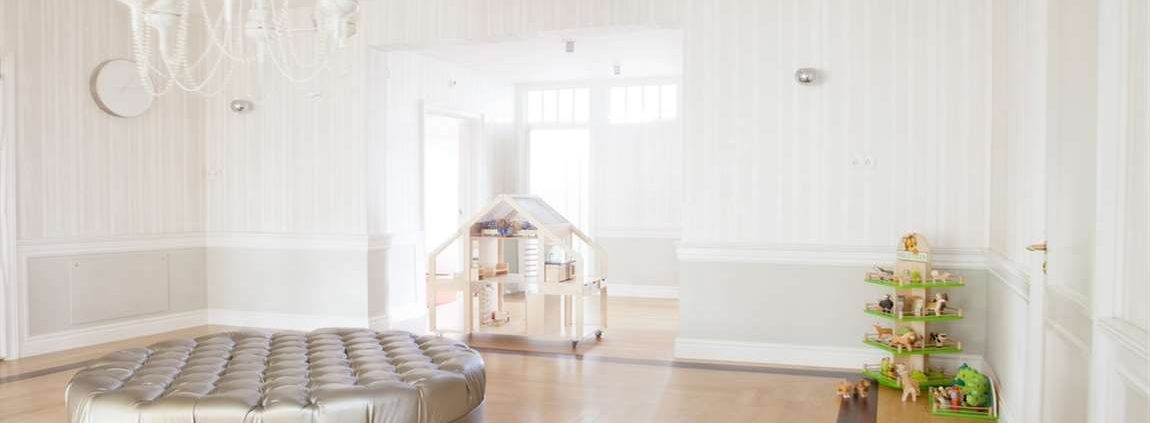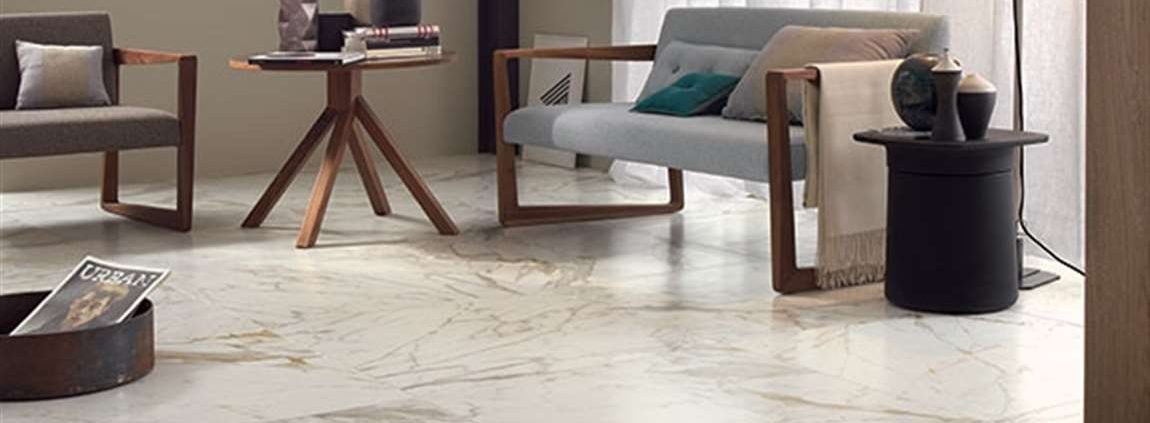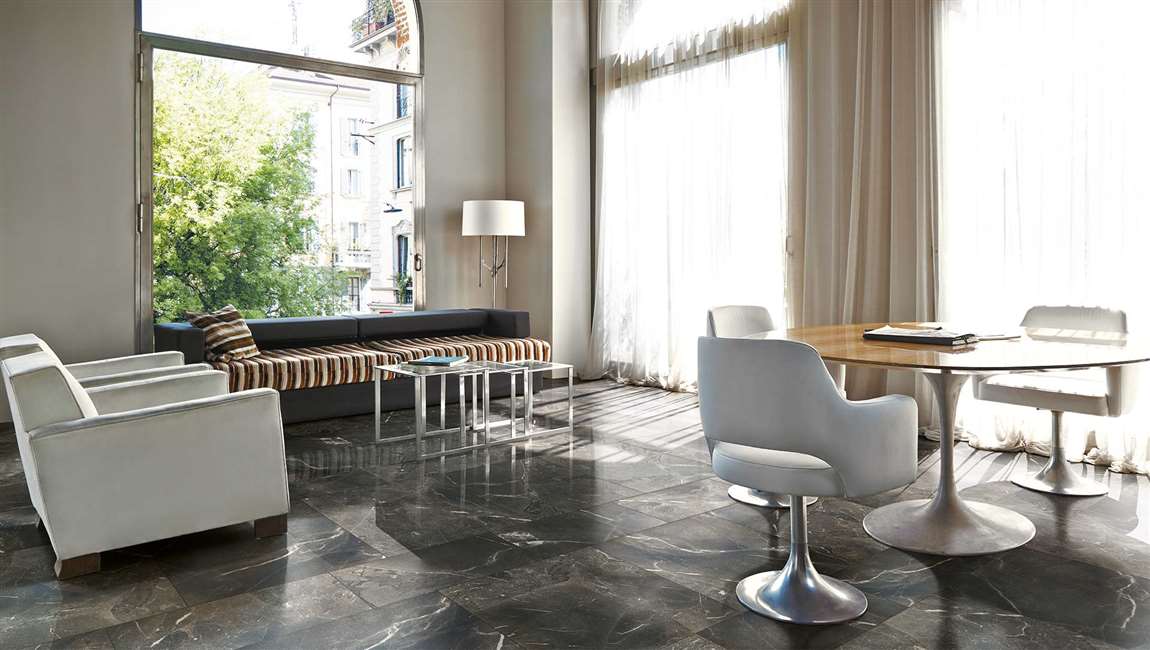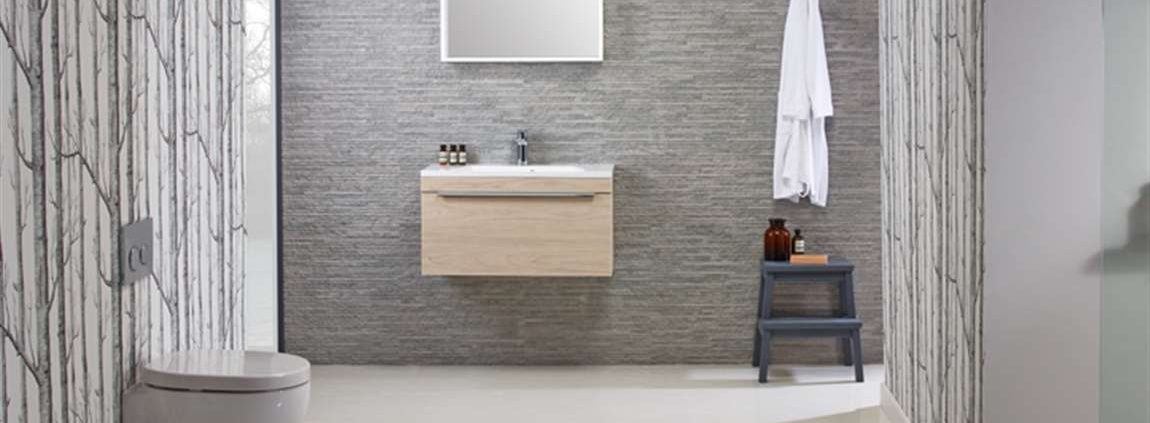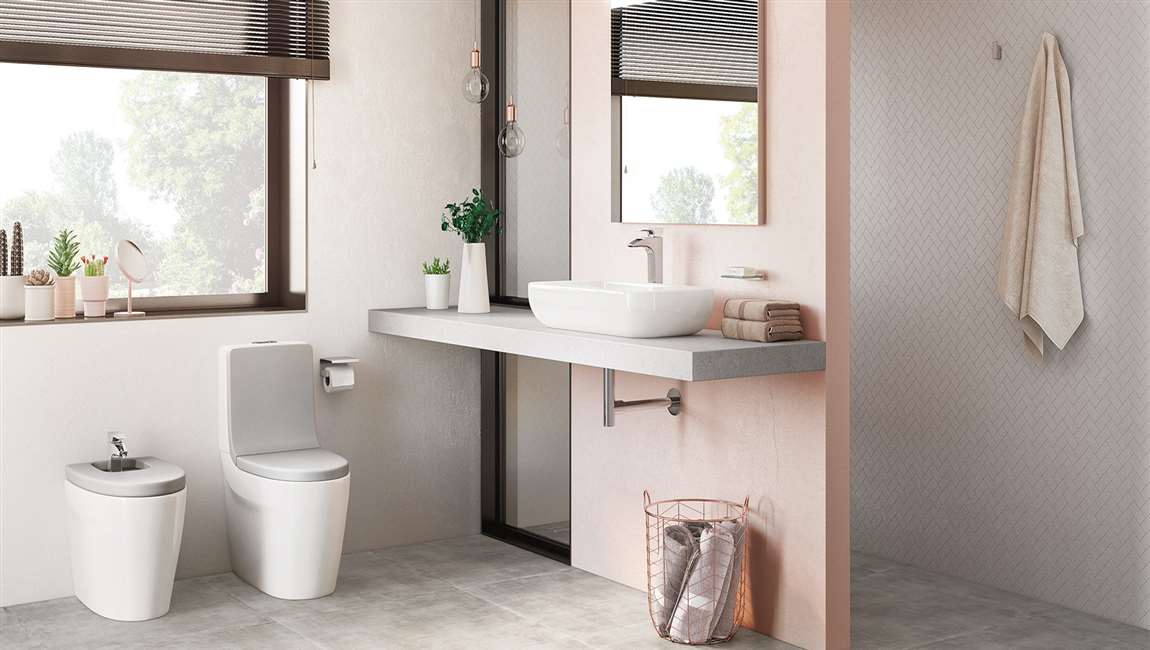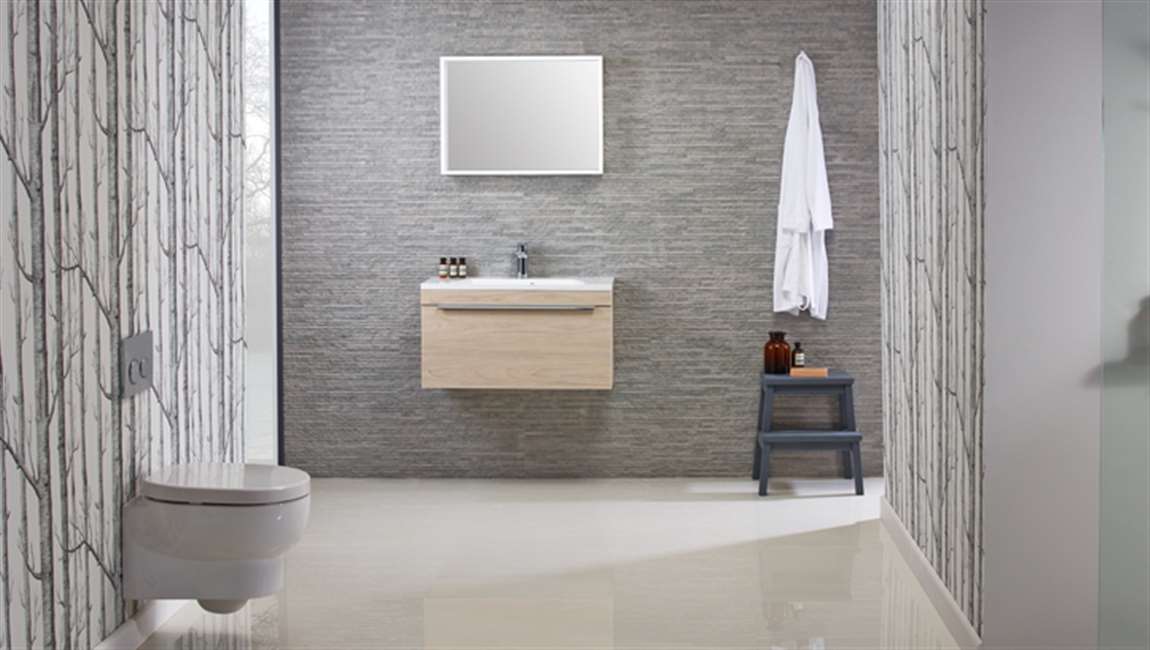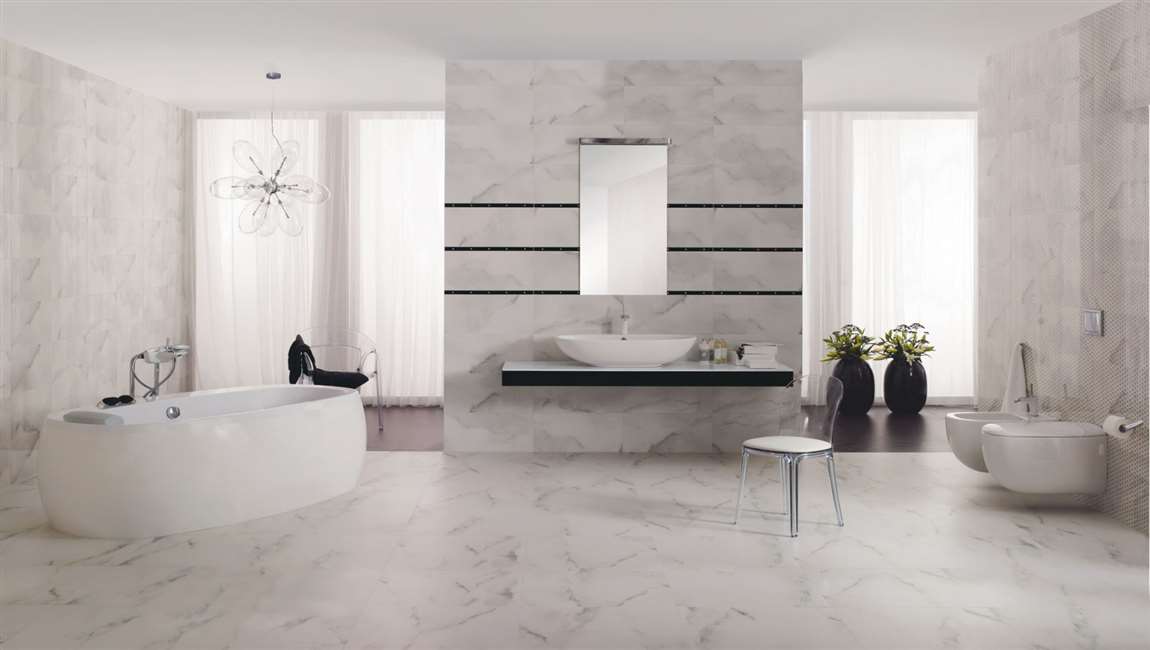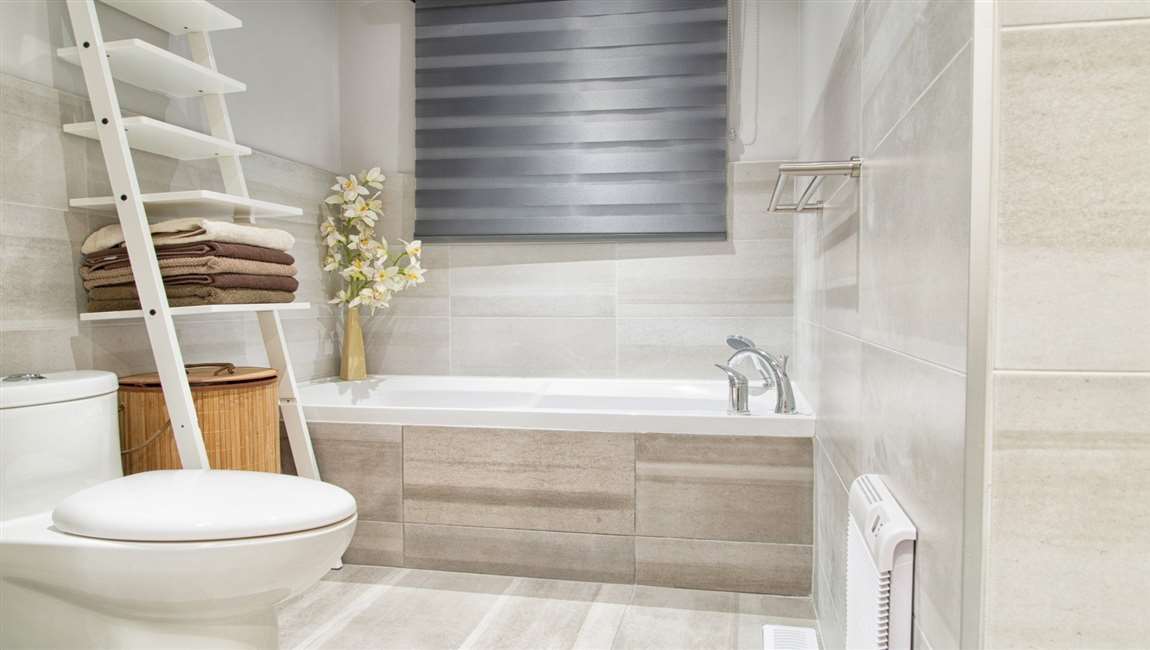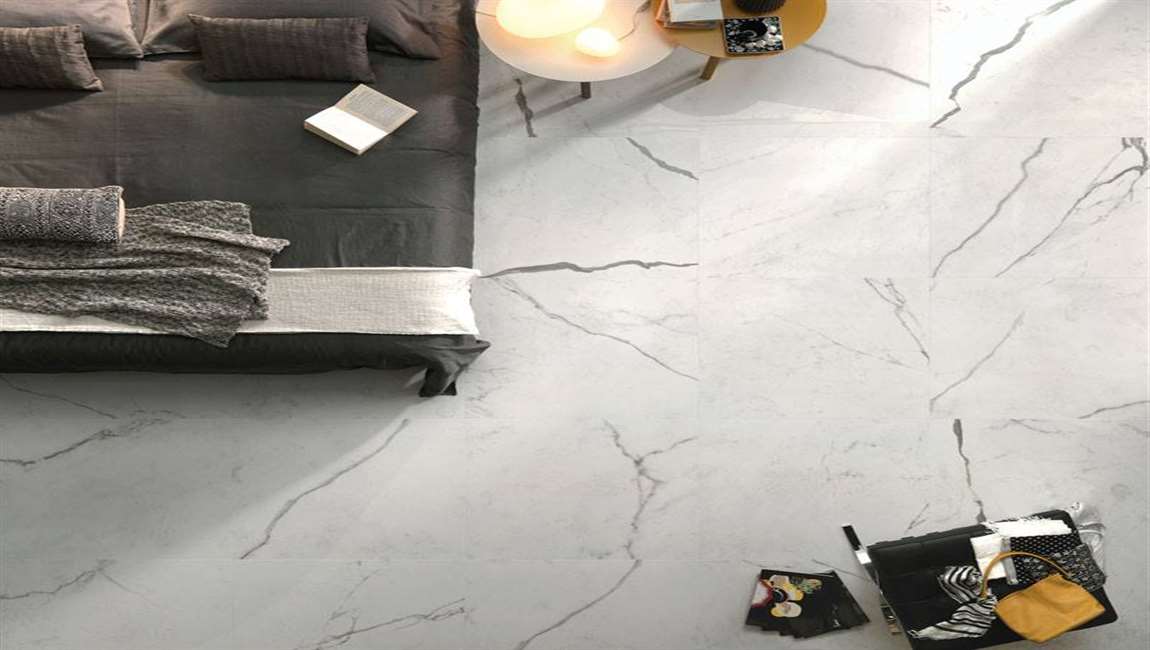How to Clean Ceramic Tile Grout?
Grout, the mixture of water, sand, and cement that keeps common marble tiles in place, can be difficult to keep clean. Grout lines easily pick up dirt and stains, and before you know it they turn from white to black. Learn how to clean your grout so it’s sparkling white again and maintain it so you don’t have to clean it as often.
Keep the area ventilated. Mold and mildew often affect grout in bathrooms, which tend to stay wet and steamy for hours at a time. Use an exhaust fan after taking a shower or bath, and wipe up wet wall tiles design to keep your grout from getting moldy.
Apply grout sealer. Once a year, applying a commercial grout sealer can help prevent spills from quickly seeping into the pores in the grout, and it helps with bathroom tile mold and mildew. Choose a grout sealer from your hardware store and apply it according to the manufacturer’s instructions.
Dye it a different color. Sometimes keeping grout white just isn’t practical. If you dye your hair, have kids who like to use paints in the kitchen, or just don’t want to deal with keeping it sparkling white, consider getting a grout stain and using it to dye the grout a different color. You can choose a color that matches your tile or something completely different for a contrasting effect.
Know when to replace your grout. Older grout starts to crack and crumble, and it gets worse as moisture seeps in and degrades the floor tile underneath over time. Replacing your grout when necessary is worth the trouble because it makes it easier to clean and prevents mold and mildew from taking hold as often.






